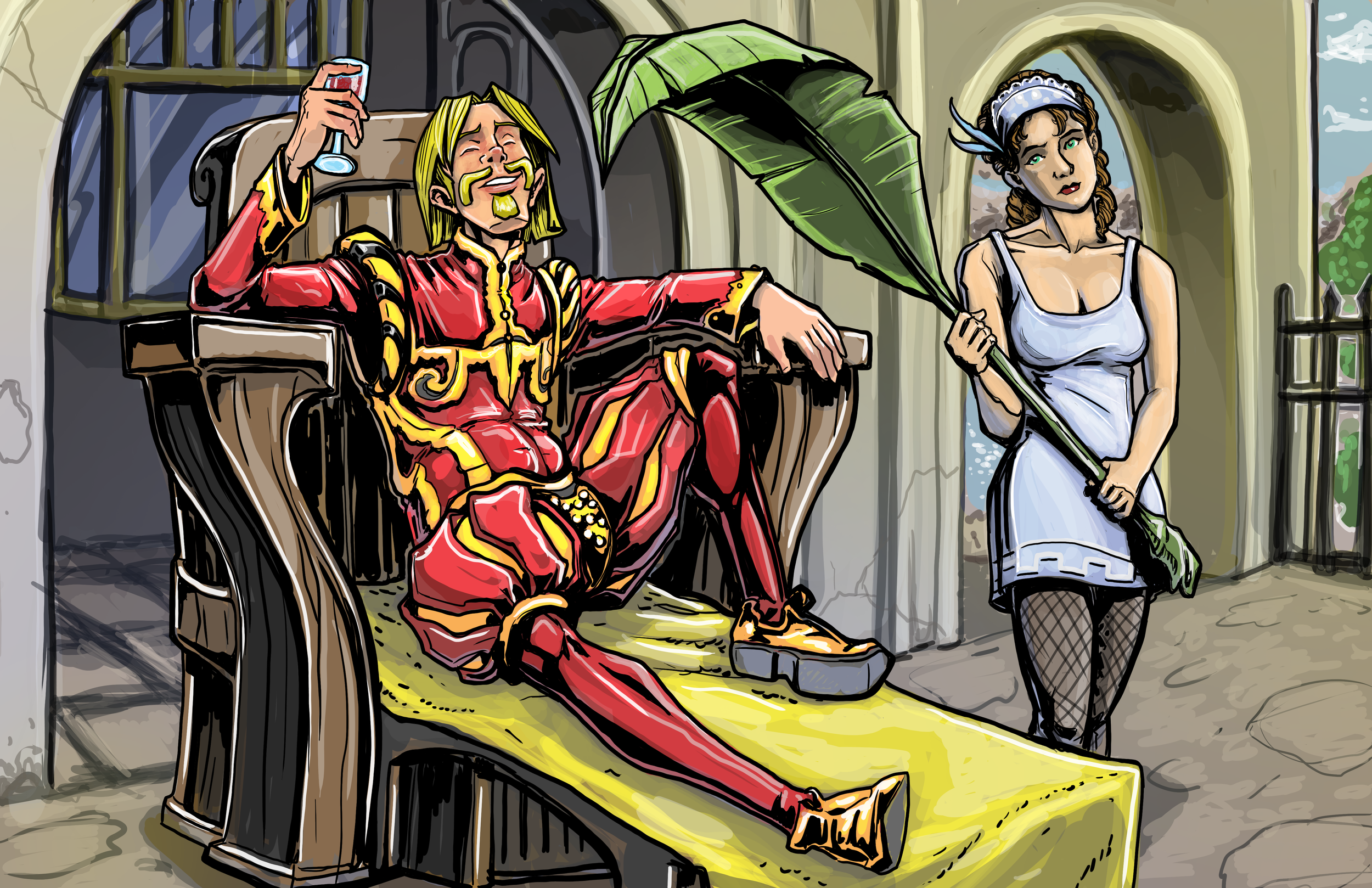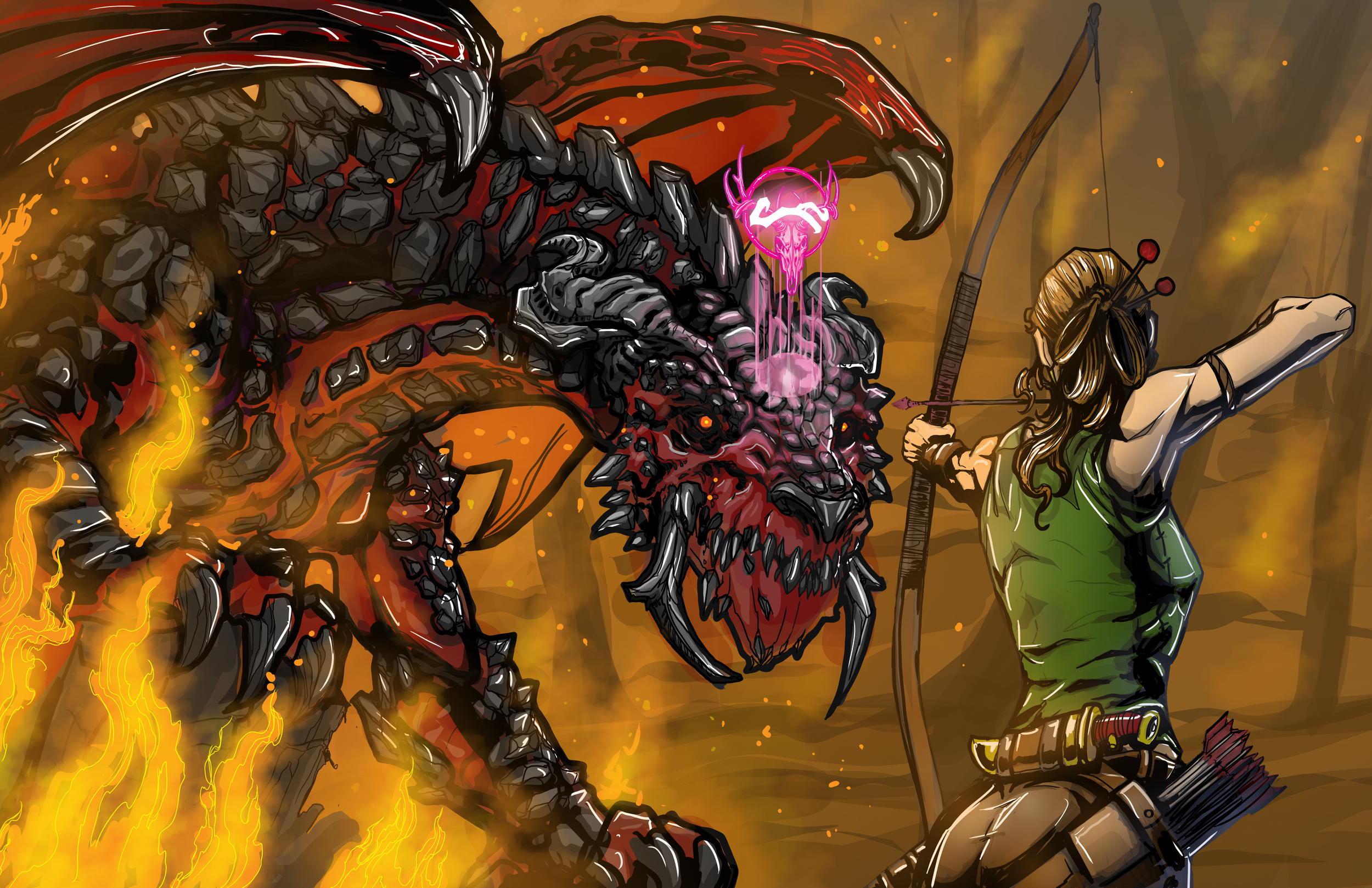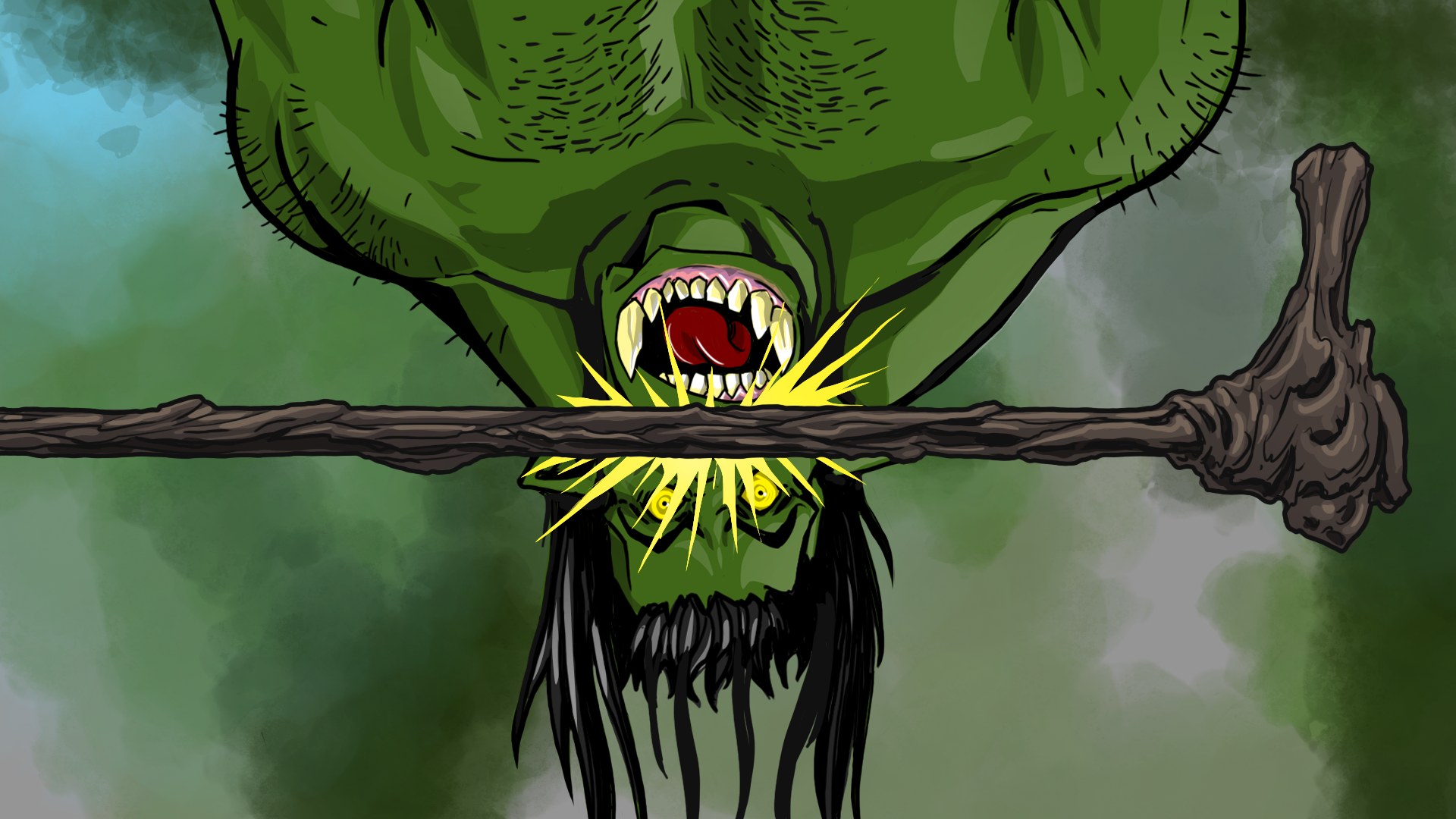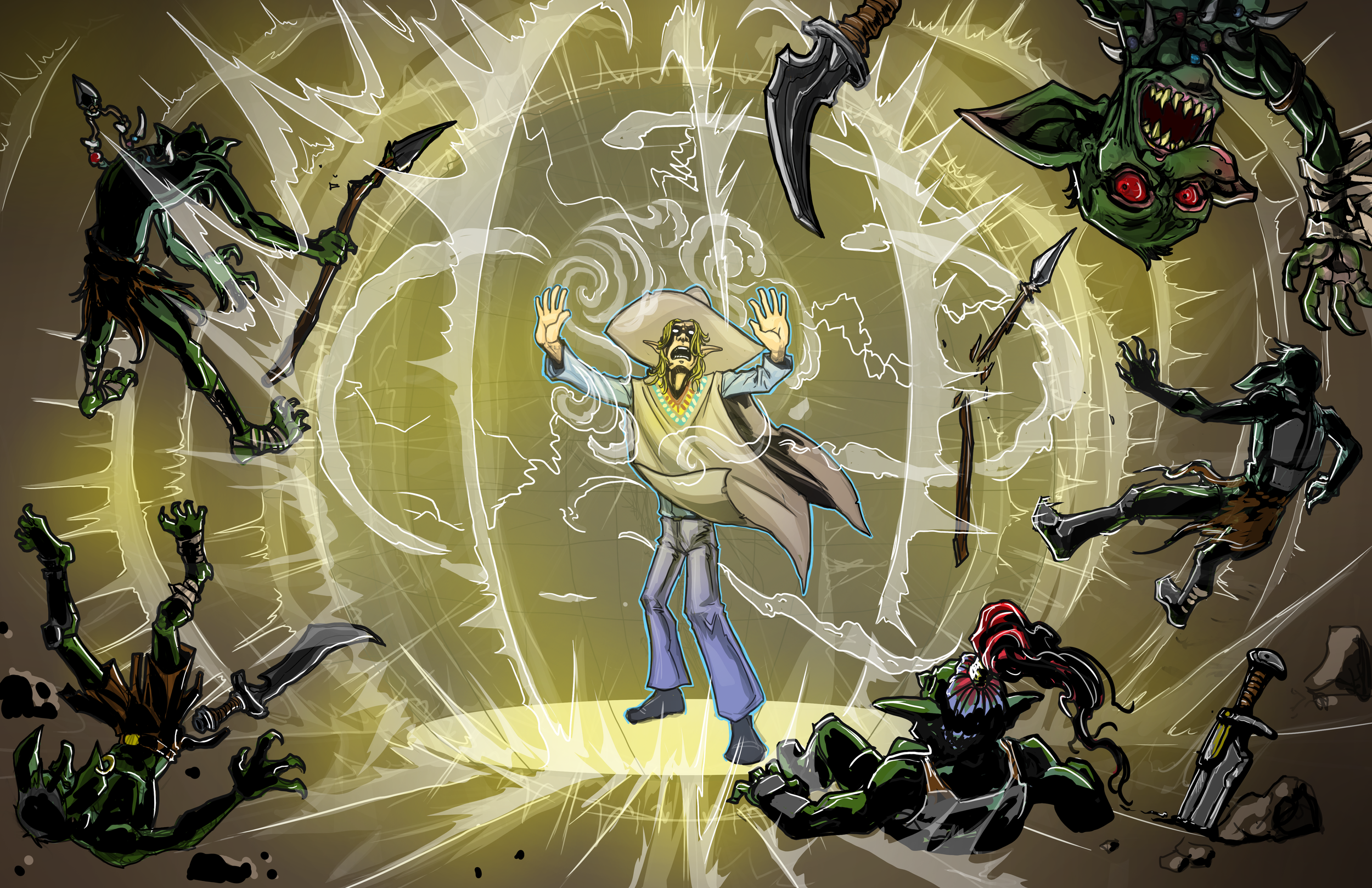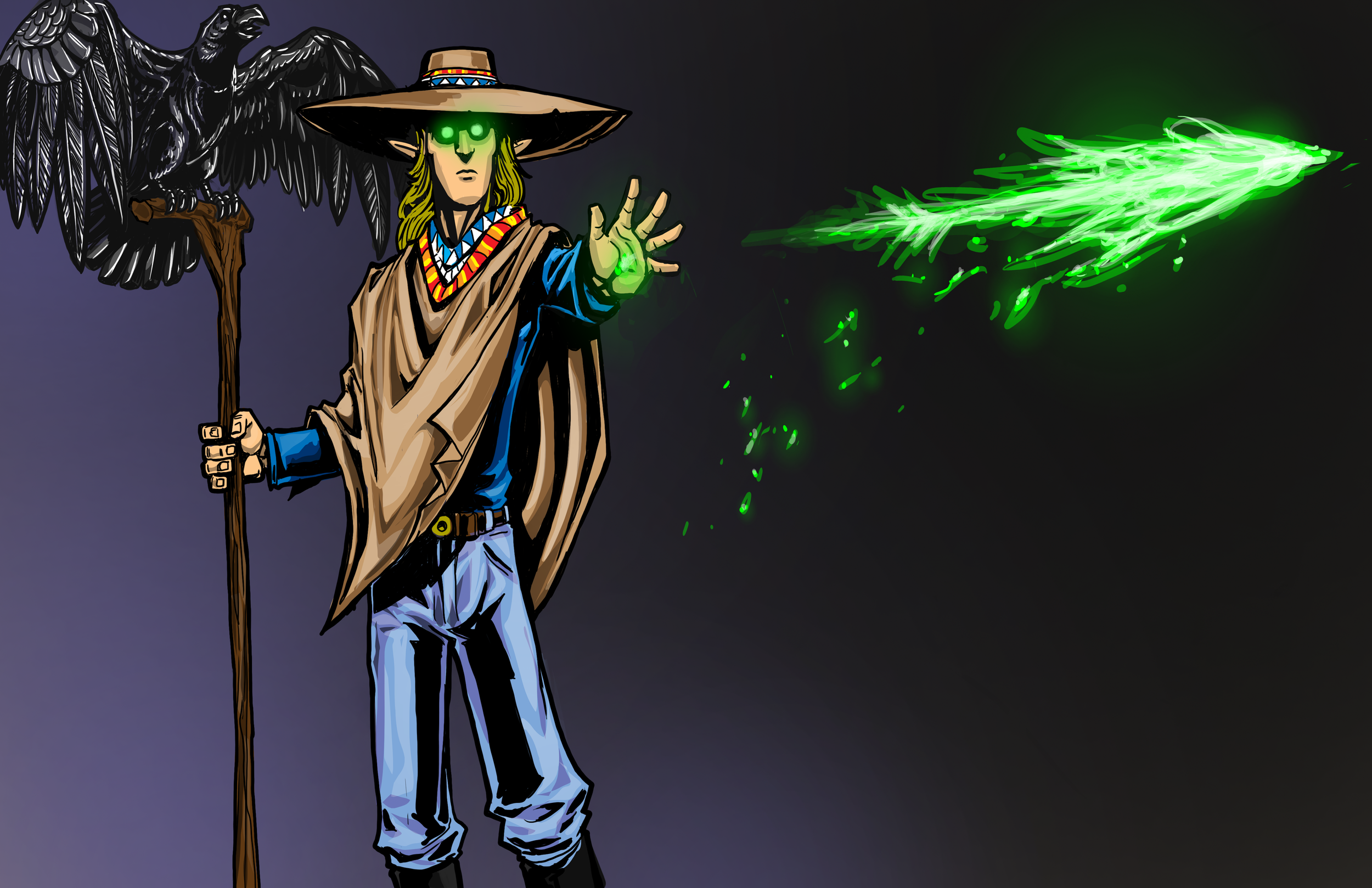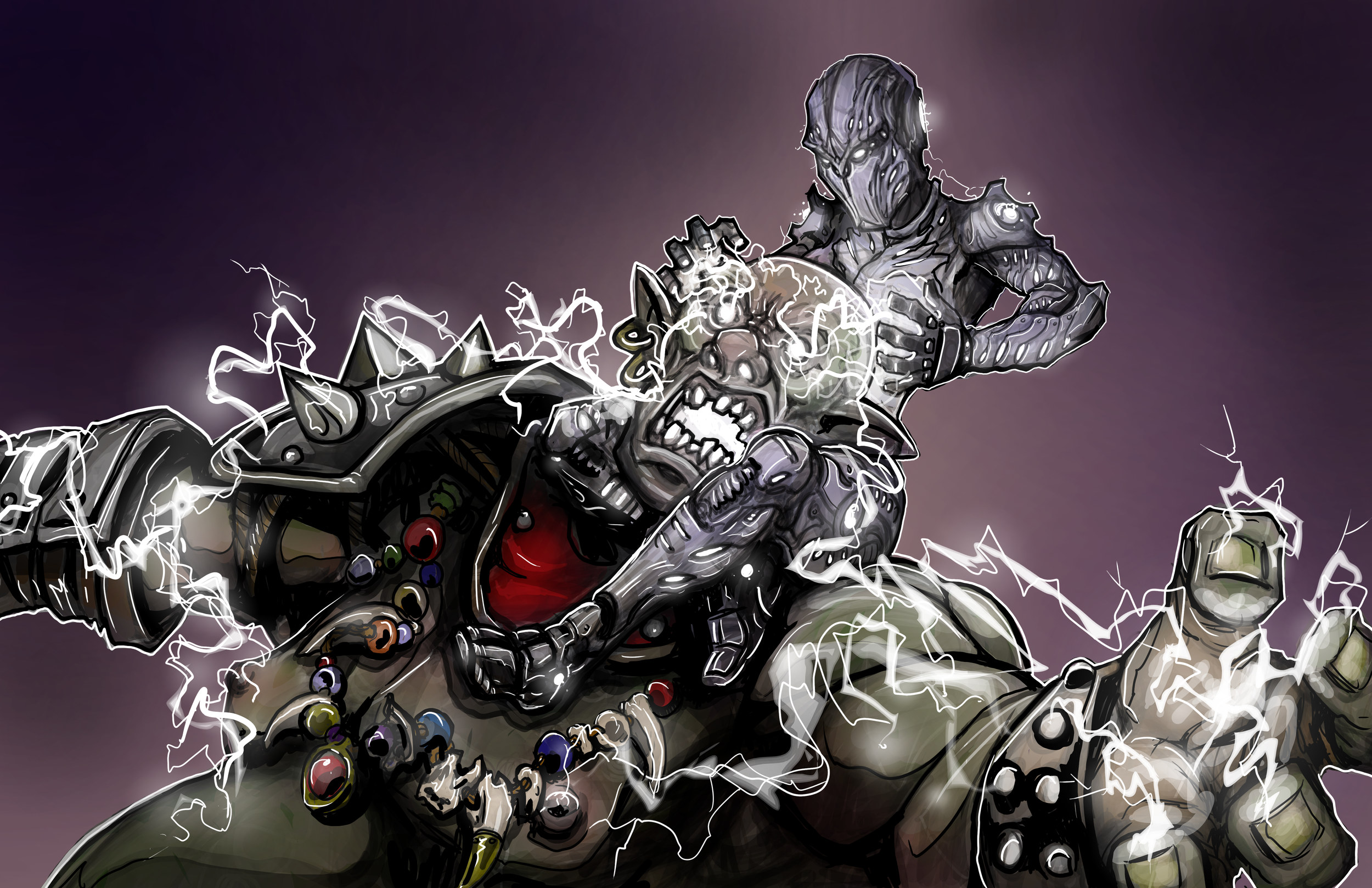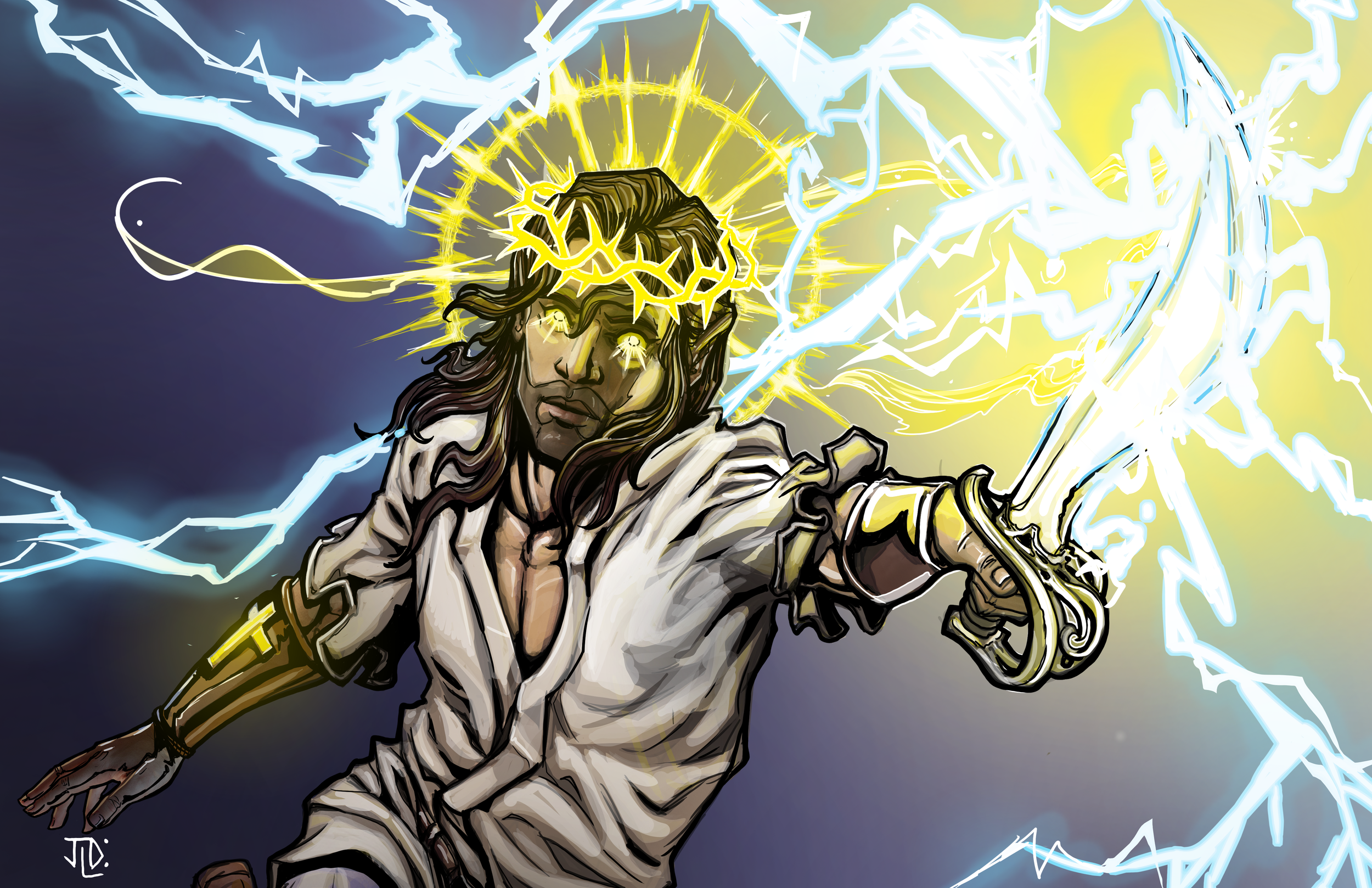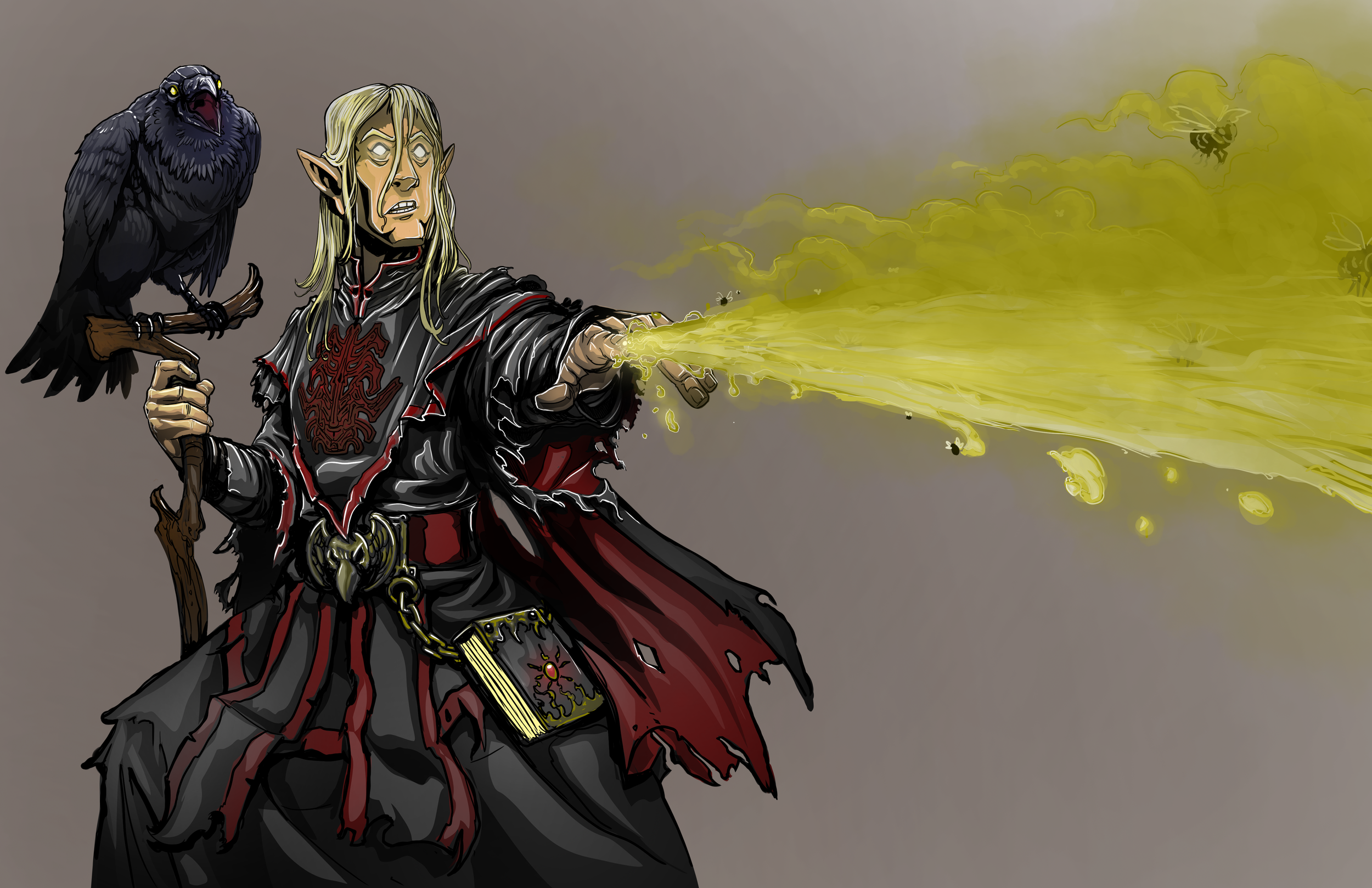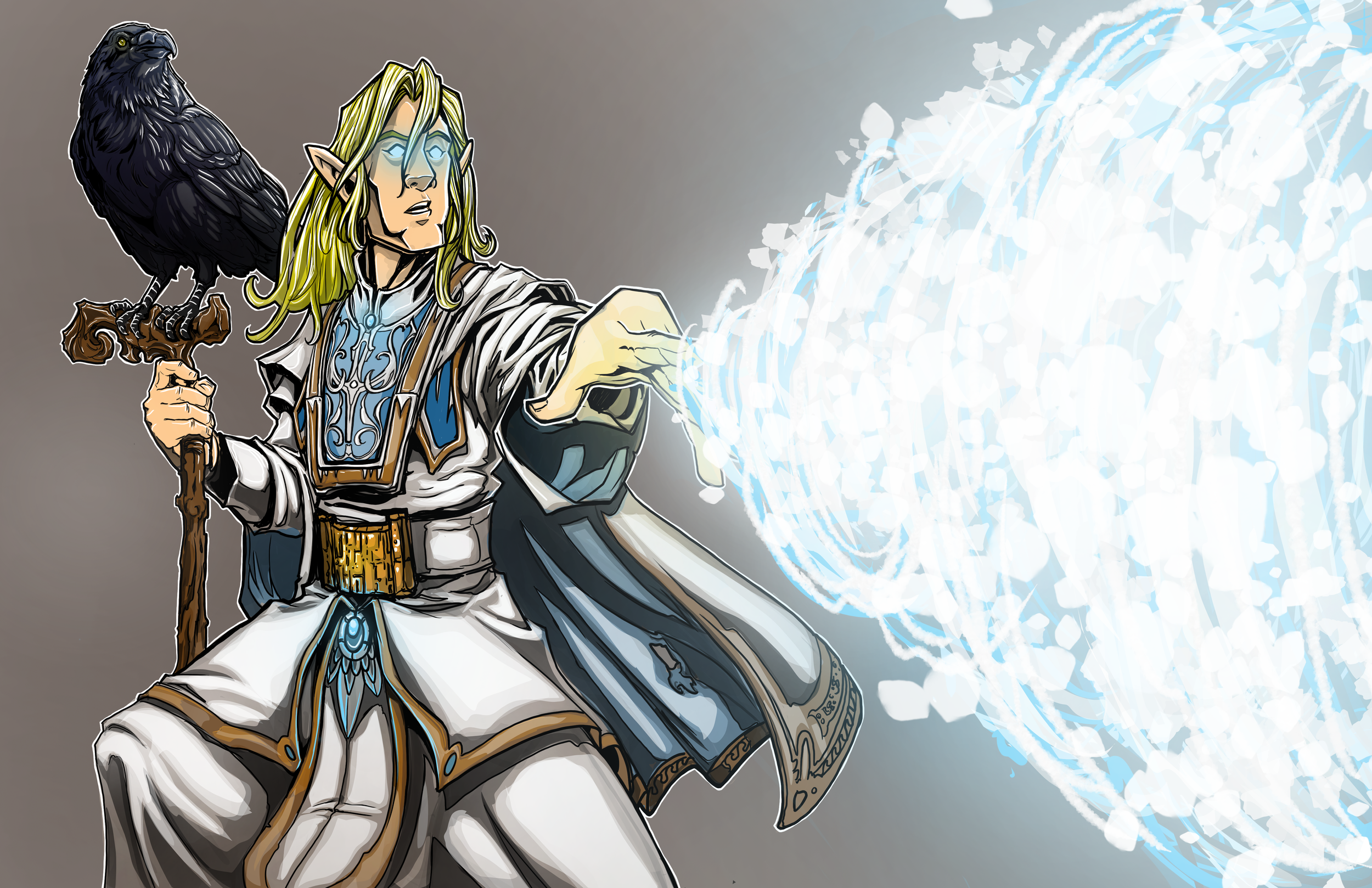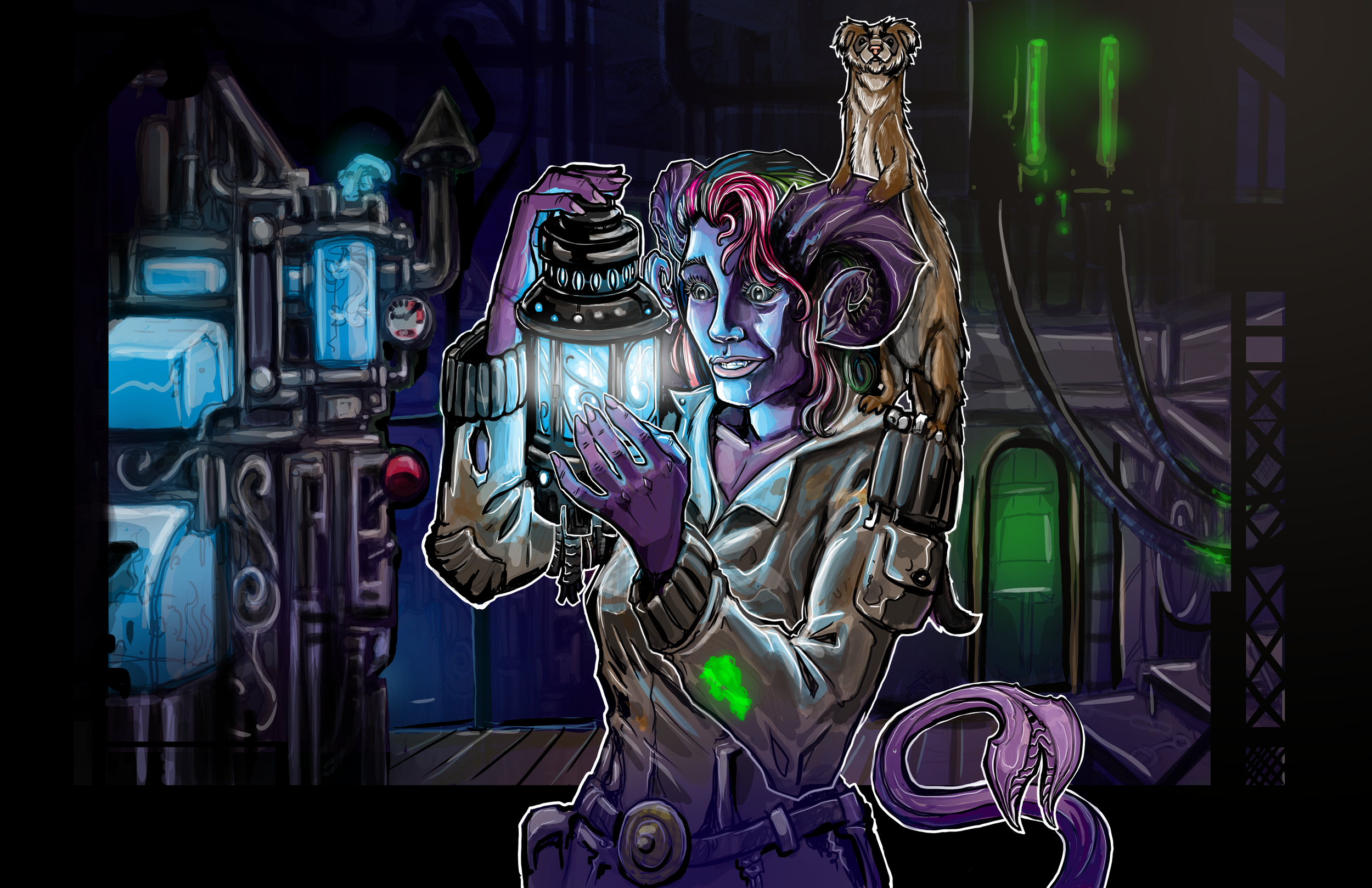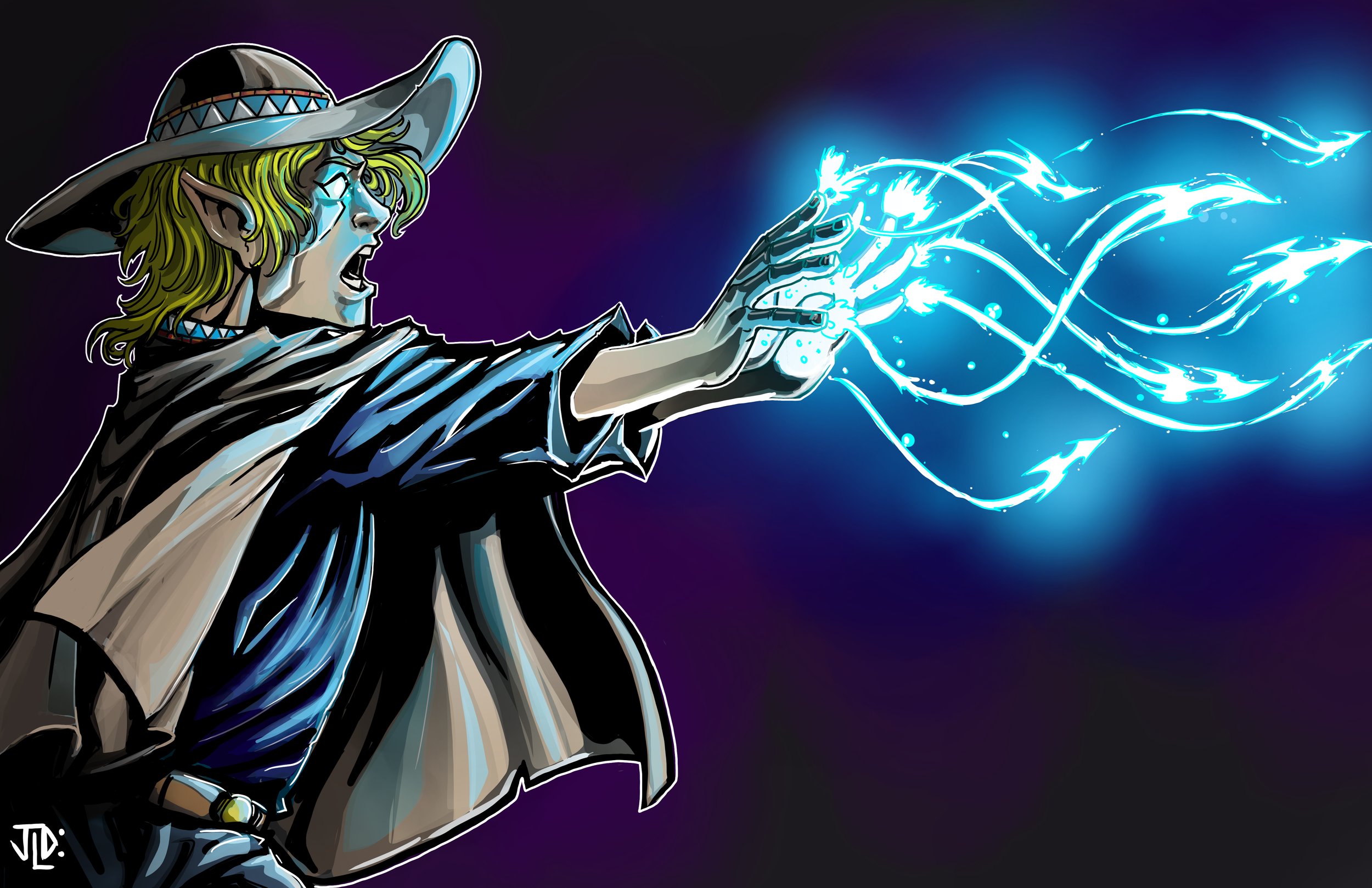The dragon spreads its wings in an imposing display of power and majesty, the banshee shrieks through the halls of the manor, and the mere aura of the mighty fiend, all of these can inspire terror in the heart of even the most seasoned of adventurers, and they’re all represented by the Frightened condition.
Read MoreParalyzed Condition 5e
Paralysis is by far the most deadly of all conditions, both in its sheer power but also in the lack of easy ways to defend against it. Thankfully, it is rare to see on your average adventure, but not so rare that it won’t come up.
Read MoreCharmed Condition 5e
There is perhaps no condition that is more misunderstood than the Charmed condition. This is a problem, as it’s also one of the most common conditions in the game. Obviously, there needs to be some clarification here.
Read MorePiercing Damage 5e
It’s amazing how many things stop functioning properly once you put a few holes in them. Piercing damage covers the majority of ranged weapons, bite attacks, and a myriad of other methods of delivering a hole where one shouldn’t be.
Read MoreSlashing Damage 5e
Claws, swords, glaive, and more, slashing damage covers all things bladed and sharp, and is one of the most common damage types to interact with in the entire game. How exactly it compares both to the other physical damage types and the rest of the pack is pretty interesting though, as are the few synergies to be found with this damage type.
Read MoreBludgeoning Damage 5e
Blunt force trauma is a heck of a thing, and there are plenty of ways to deliver it in 5e. When we talk about the physical damage types, we are mostly comparing them to each other. Let’s break down the numbers.
Read MoreThunder Damage 5e
Flavored either as a noise so loud it can harm you, or an explosive force strong enough to knock you off your feat, thunder damage is one of the least represented damage types in the game. Few spells deal in it, and even fewer monsters wield it, but how do the exact numbers look?
Read MoreAcid Damage 5e
So how does Acid damage function in 5e? Well, its ability to eat through metal is up to DM interpretation, but you can be sure that no matter how they rule it, it’s going to hurt.
Read MorePsychic Damage 5e
Mental magic is represented pretty well in 5e, and though we don’t have a dedicated psionic class we do have plenty of methods to bring that concept to life. Most of those methods involve some amount of psychic damage, allowing us to harm our foes though the might of our mind alone.
Read MoreLightning Damage 5e
Radiant Damage 5e
A favorite of pretty much all Clerics, Paladins, and Divine Soul Sorcerers, radiant damage is extremely common to see in 5e, but in a very different way than you’d expect to see most damage types.
Read MorePoison Damage 5e
Commonly considered the worst damage type in the entire game, poison gets a really bad rap, but does it deserve it? Well, yeah mostly.
Read MoreCold Damage 5e
The ice mage is a strong theme represented in many forms of media, and 5e has a few options to help that character come to life. On the other side of the battlefield, cold damage is pretty easy to see coming as monsters who deal it normally inhabit a fitting climate.
Read MoreComplete Guide to Shoving in D&D 5e
Ah, shoving. It's simple, blissful brute force. Sometimes you’re teetering on a high beam and just want to knock your foe from the rafters, other times you’re just irritated at the bar and are looking to start something. In any case, Shoving is here for you.
Read MoreMagic Items and Crafting Them in D&D 5e
Magic items are about as core to Dungeons & Dragons as the Dungeons and Dragons. They’re the reason you delve into the depths, the reason you confront the big bad ancient red dragon, the whole point of some party’s going out into the world. Who doesn’t want riches?
Read MoreD&D 5e Optional Flanking Rules Explained
Flanking is an optional rule found on page 251 of the Dungeon Master’s Guide. It allows melee combatants to gain advantage on their attacks if an ally is on the opposite side of their target.
Read MoreFire Damage 5e
Fire is the most common elemental damage types and one of the most common damage types in general. It’s one of the easiest damage types to deal, one of the easiest to get resistance to, and one of the few types you can get outright immunity too. It has a few synergies to work with, but it’s also heavily resisted and many are even immune to it.
Read MoreForce Damage 5e
Force damage is one of the most consistent damage types in all of 5e, and you can expect it to be fully effective for your entire campaign. It is a pretty good damage type to have resistance to, especially in higher tiers of play.
Read MoreNecrotic Damage 5e
The box standard “evil” damage type, necrotic damage fills the niche of soul draining, dehydration, life essence theft, transference of life force, and self damaging effects (don’t read into that last one too much. D&D, nor I, endorse or promote self harm in any way).
Read More


